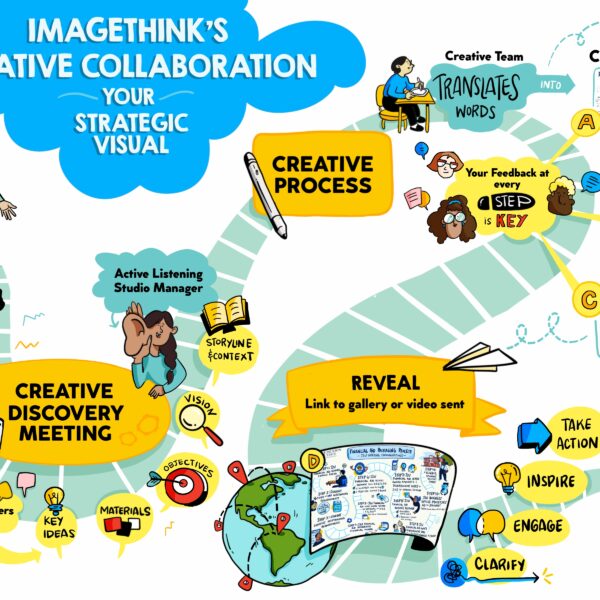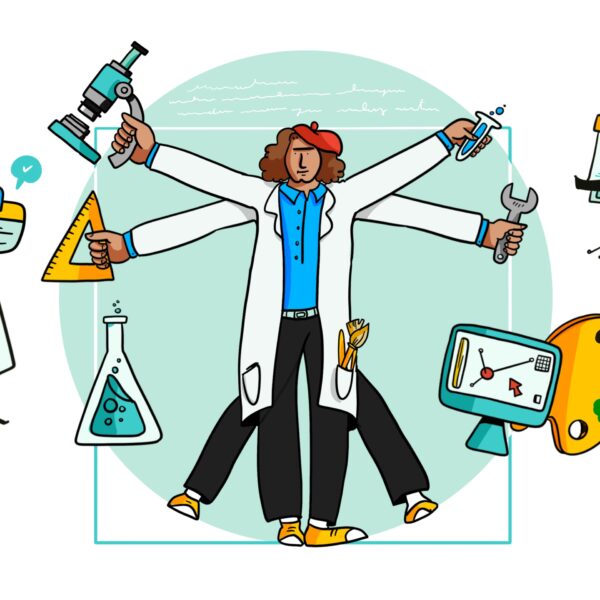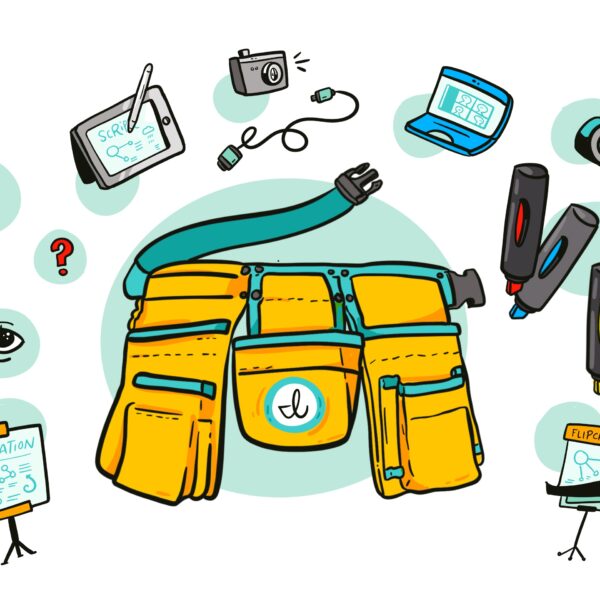Employees are every company’s greatest asset – they are the face of the organization and vital to the production of goods and services a company offers. It is through the individuality and personality of each employee that a workplace culture is created and upheld. A good company culture results in a happier, more collaborative, and innovative team.
Harvard Business Review says, “…if an organization desires a more inclusive culture – and leaders want to model inclusion – then meetings are the place to start.” And it makes sense, right? The time we spend in meetings continues to increase, year after year. For employees everywhere, meetings cut into anywhere from 35% – 50% of their work week. When it comes to creating an inclusive culture in the workplace, and a healthy environment, the best place to start is where employees spend most of their time – and that’s meetings.
Diversity and inclusion are more than beneficial to organizational culture; they are essential to an organization’s health and success. It is an organization’s and leader’s duty to ensure that their work environment is equitable, and their meetings are inclusive. Failure to do so is detrimental.
What is an Inclusive Culture?
A company’s unique culture is a central component of attracting and retaining employees. For that reason, it’s essential to build and encourage an inclusive culture in the workplace.
An inclusive culture is one that acknowledges and embraces the differences of employees. This may include demographic distinctions like age, ethnicity, race, or socioeconomic background. A diverse and inclusive organization values the differences of individuals by promoting individualism, respect and appreciation.
Diversity and Inclusion Are Invaluable
An inclusive organization fosters diversity of thought, and a diverse organization yields countless benefits. When employees feel included and sense their opinions are respected and valued, it shows in the bottom line. Extensive research on organizations who prioritize diversity and inclusion reveals the following:
- Diverse organizations have better recruiting and retention rates
- Building inclusive cultures that maximize productivity
- Diverse teams are more innovative
- Diversity reduces groupthink and enhances decision-making
- Inclusion boosts company reputation
- Boardroom diversity strengthens environmental, social and governance performance, and results in fewer instances of fraud
- Diversity is associated with improved financial performance
The proof is in the numbers – organizations who incorporate inclusive practices into their operations outperform those who place these values under low precedence. With these stats in mind, let’s think about the ways integrating visuals into your organizational strategy can help foster inclusive and diverse thought.
How to Make Meetings More Inclusive
Working visually helps individuals work more effectively. In part, this is because graphic facilitation embodies inclusive practices and benefits from them. Meeting visualization and graphic recording foster an environment where every idea and contribution is valued equally, and every individual can thrive.
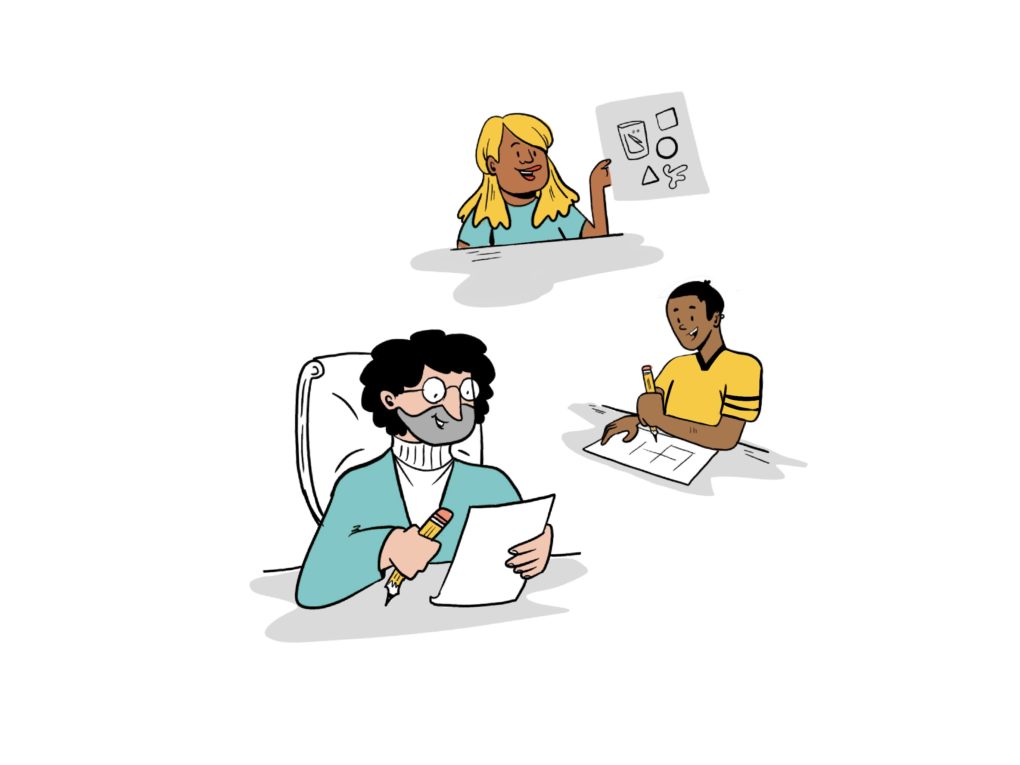
1. Graphic Recording Increases Participation
Introducing a visual component into the room (physically or virtually) helps welcome and encourage participation. By seeing thoughts recognized and valued, people often see patterns and opportunities to build off the ideas of others. Visuals also help to balance the voices and ideas of all attendees, softening the loudest voices and amplifying the softest. Through visual notes everyone is heard, and every contribution is equalized.
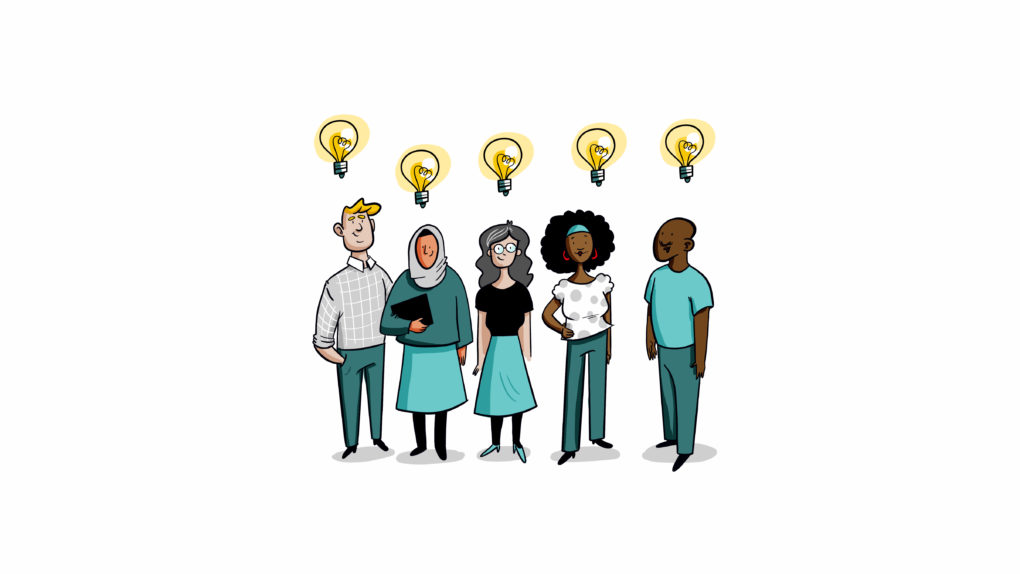
2. Graphic Recording Enhances Process and Collaboration
Graphic facilitators and visual strategists also make a group’s process more efficient. Visuals can synthesize disparate viewpoints and condense complex ideas into a simplified, immediately understood visual metaphor. Speeding up ideation and communication processes offers more opportunities for collaboration from a greater variety of voices.
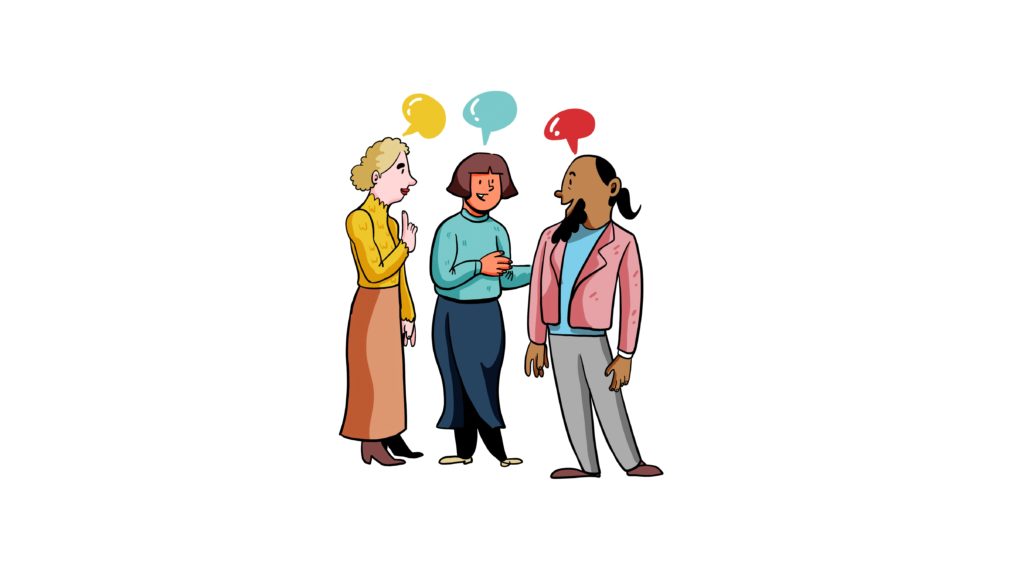
3. Graphic Recording Highlights Perspectives
As stated above, perhaps the greatest benefit of an inclusive and equitable office culture is the rich diversity of perspectives, and that is often what leads to innovative breakthroughs. A skilled graphic recorder works to not only capture ideas but synthesize and connect these perspectives. A finished board can highlight synergies and opportunities that might otherwise have gone unnoticed in the absence of a visual strategist. The result isn’t just more ideas, but better ideas.
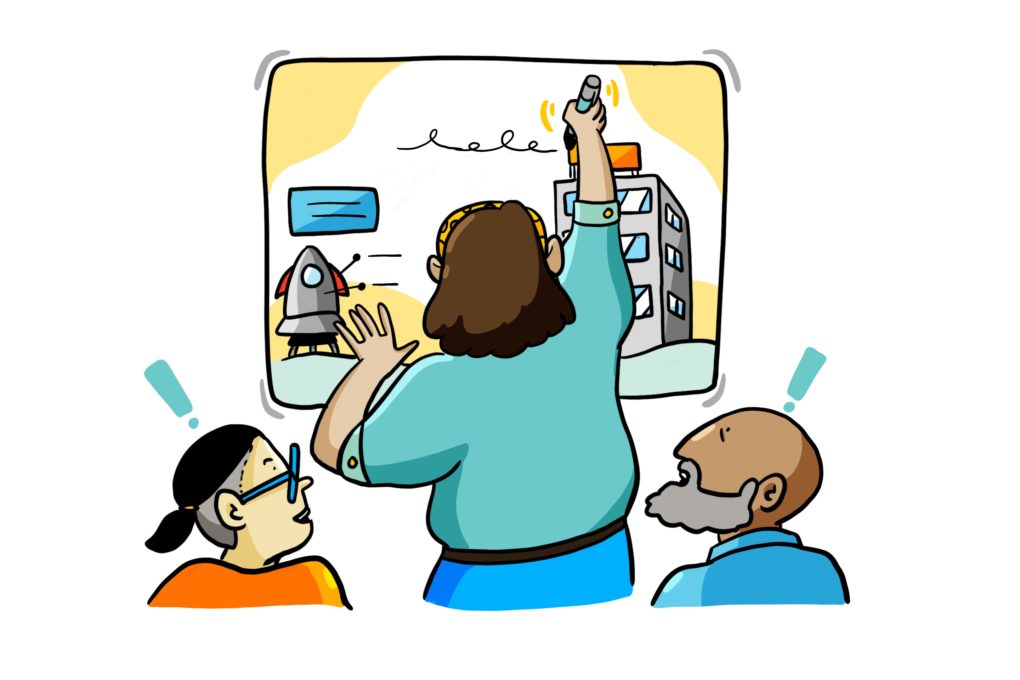
4. Graphic Recording Creates Representation
Of course, the simplest step anyone can take toward a more inclusive culture is ensuring that the workplace reflects the vibrant individuals that make it up. ImageThink graphic recording, illustrations, and animated videos respectfully depict the many races, ethnicities, nationalities, genders, sexualities and positions that make up the professional world. Beautifully rendered visual notes proudly show the value that every individual brings to an organization and the lively discussions that happen within it.
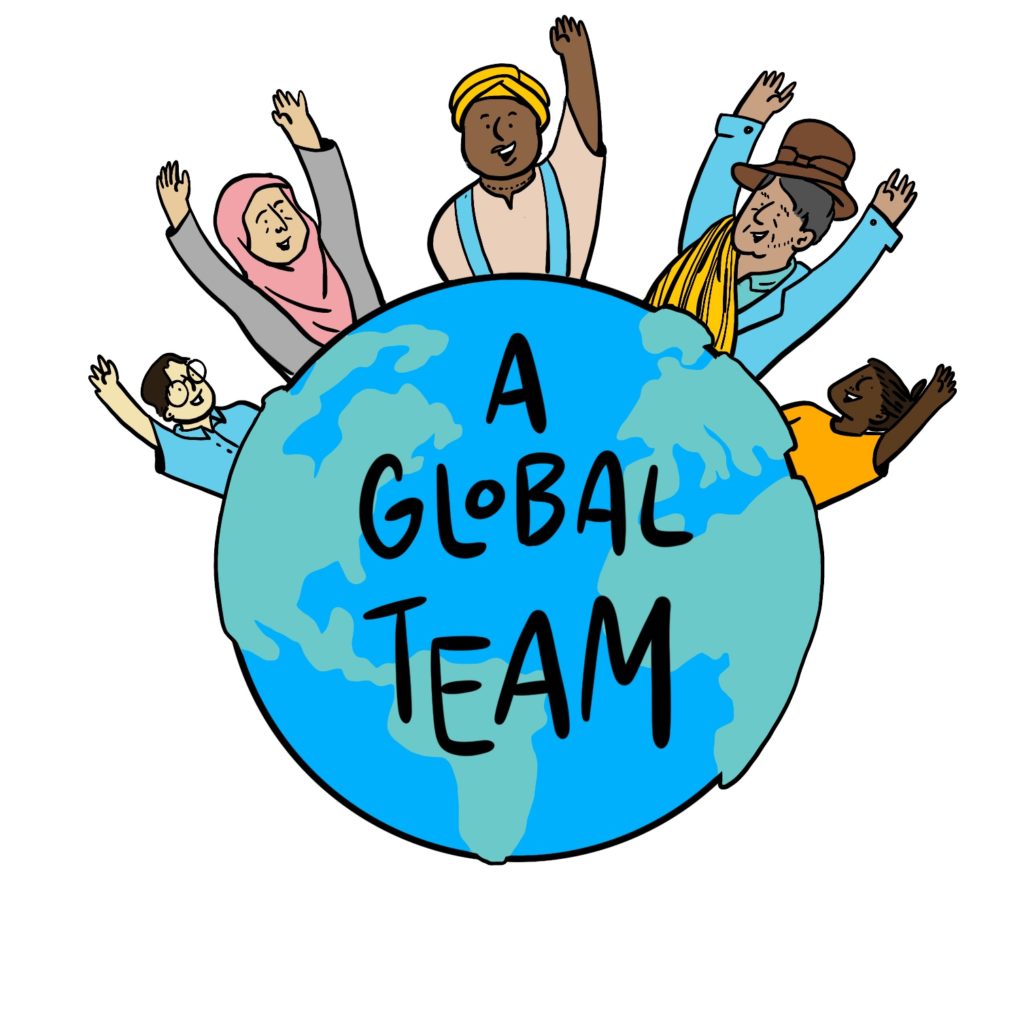
If you’re seeking a way to highlight the unique individuals and ideas in your organization and build the inclusive culture your organization needs, a graphic facilitator can help.
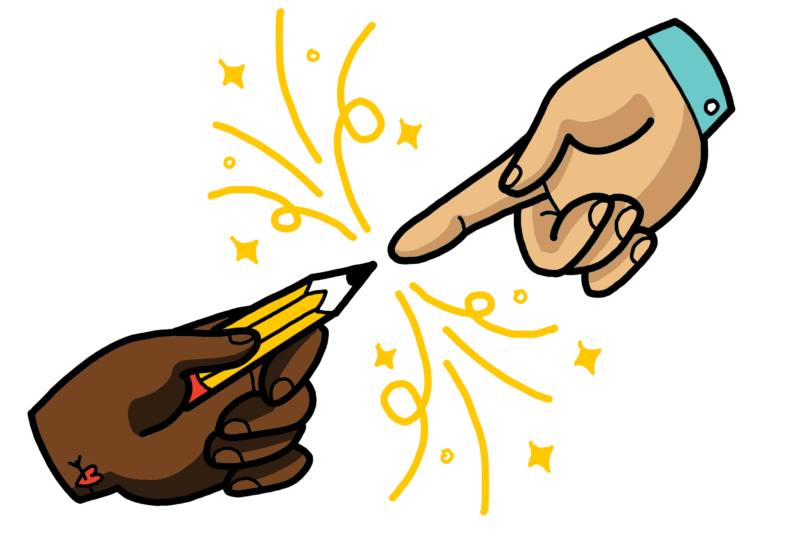
Looking to Elevate the Voices of Your Meeting and Event Attendees?
Contact us to hear about how ImageThink can help make your meetings and events more inclusive.
"*" indicates required fields
